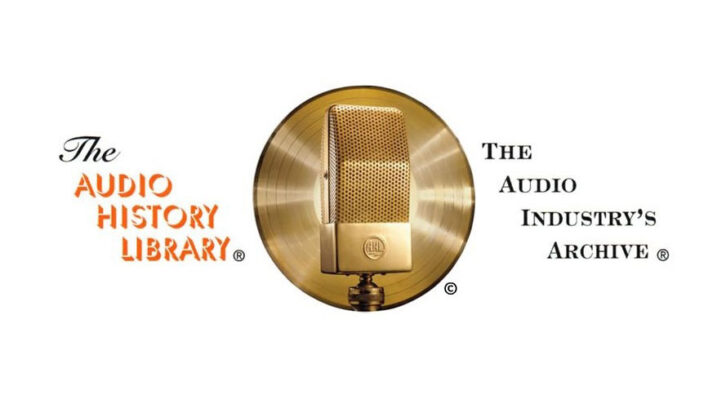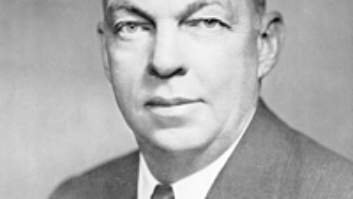 New York, NY (October 18, 2020)—The Audio History Library & Museum will present a collection of rare microphones, including a 121-year-old Western Electric model and “surprises” from Neumann and Schoeps, to attendees at the AES and NAB conventions.
New York, NY (October 18, 2020)—The Audio History Library & Museum will present a collection of rare microphones, including a 121-year-old Western Electric model and “surprises” from Neumann and Schoeps, to attendees at the AES and NAB conventions.
Examples will include WW1 military applications by ElectroVoice, General Electric, Magnavox, RCA and Western Electric; a 1918 Wente & Turas improve condenser; and the W. C. Jones’ double-button carbon mics, which took centerstage from 1921 onward. A marble block containing carbon, developed by Eugen Reisz with assistant Georg Neumann, became a European standard for the next decade.
OCA Alliance to Highlight AES70 at AES and SMPTE
At the Jacob Javits Center, October 19 and 20, the Audio History Library & Museum will showcase a variety of historic mic models:
1901 Western Electric 143W “receiver”
1922 Western Electric 1-A double button
1929 RCA 4-AA/AP black cube with NBC badges
1929 Western Electric 618-A dynamic
1934 Shure 40-C condenser
1936 Telefunken Ela M 102 dynamic
1938 RCA 44-BX “Junior Velocity” ribbon
1938 RCA 77-B ribbon
1940’s surprise by Neumann
1954 Stephens Tru-Sonic OD-1 – first wireless mic
1980’s NADY HT-3 handheld and Pro 410 receiver – second wireless mic
And a surprise from Schoeps.
Offering some background to the word and the device, Audio History Library & Museum notes that the Oxford English Dictionary’s first entry for “microphone” (“small sound”) was in 1683 but described ear trumpets of the day. In 1827, Charles Wheatstone used the word microphone for a stethoscope-like invention. M. Charles Bourseul in 1854 hypothesized a person “speaking near a movable disc” in Vienna, with the process reversed for a listend in Paris. Philipp Reis invented his “transmitter” in 1861. Alexander Graham Bell and Elisha Gray invented their transmitters in 1876, missing each other at the patent office on the same day.
In 1877, Thomas Edison created the dynamic, charcoal button, Plumbago, and condenser transmitters. In 1877, Emile Berliner improved an Edison device, calling it a microphone. Edison returned with a carbon disc in 1878 with Blake, Hughes and Hunnings joining the chorus. Clement Adler’s carbon pencil binaural mics were on stage at the Paris Opera to telecast to telephone subscribers.





